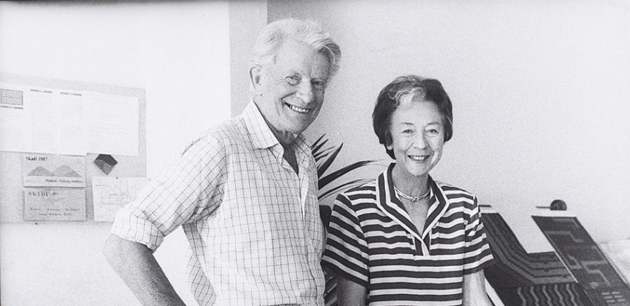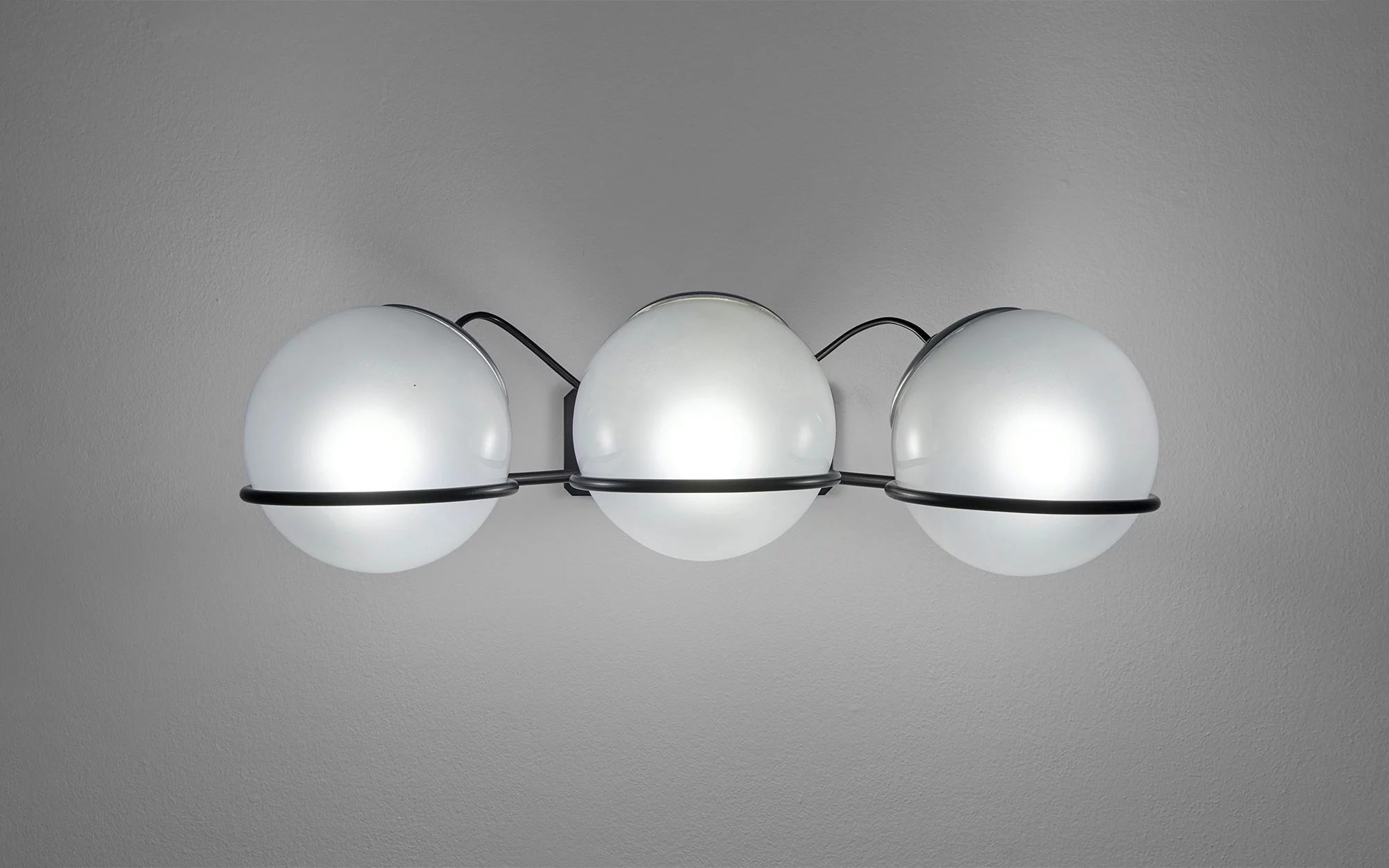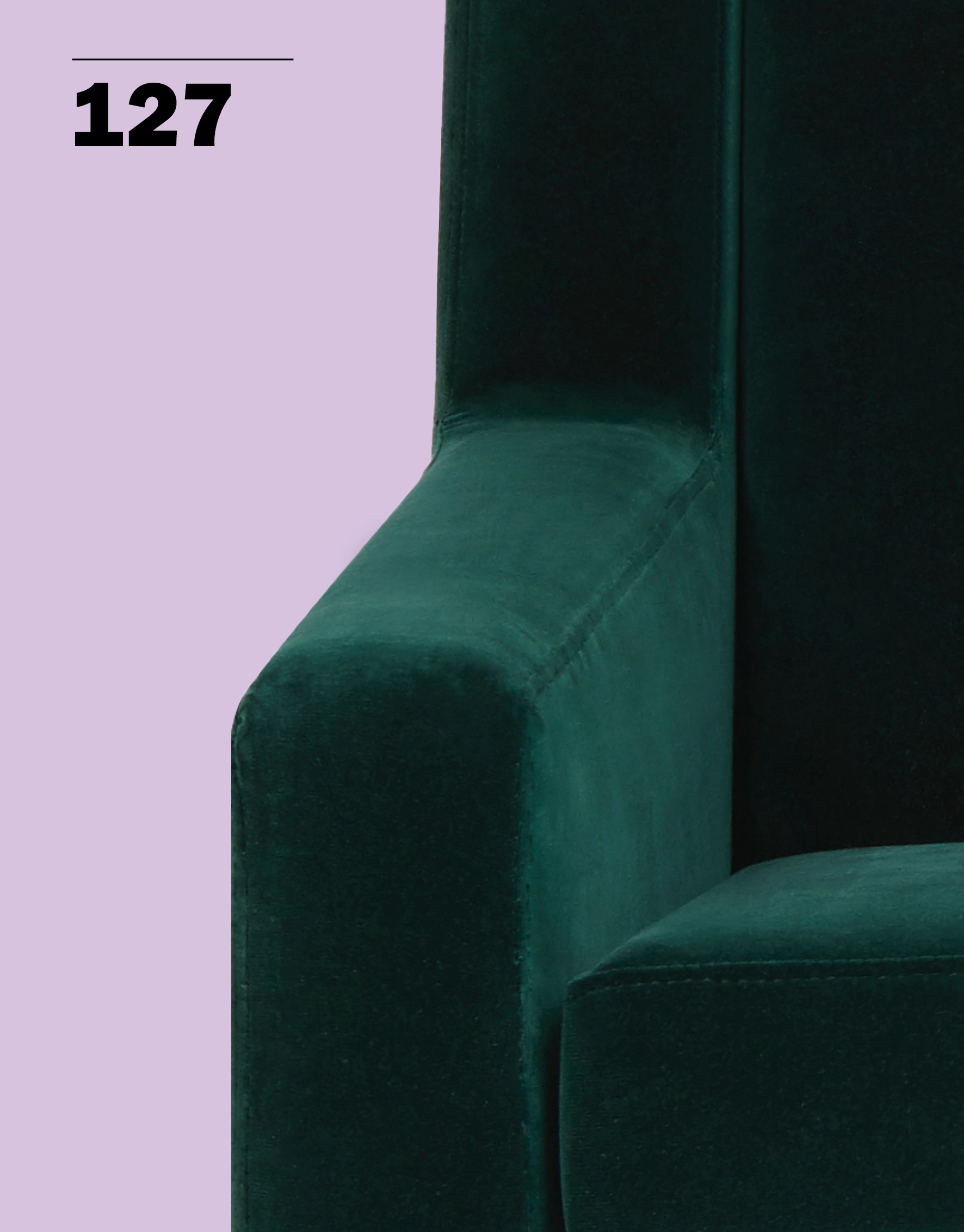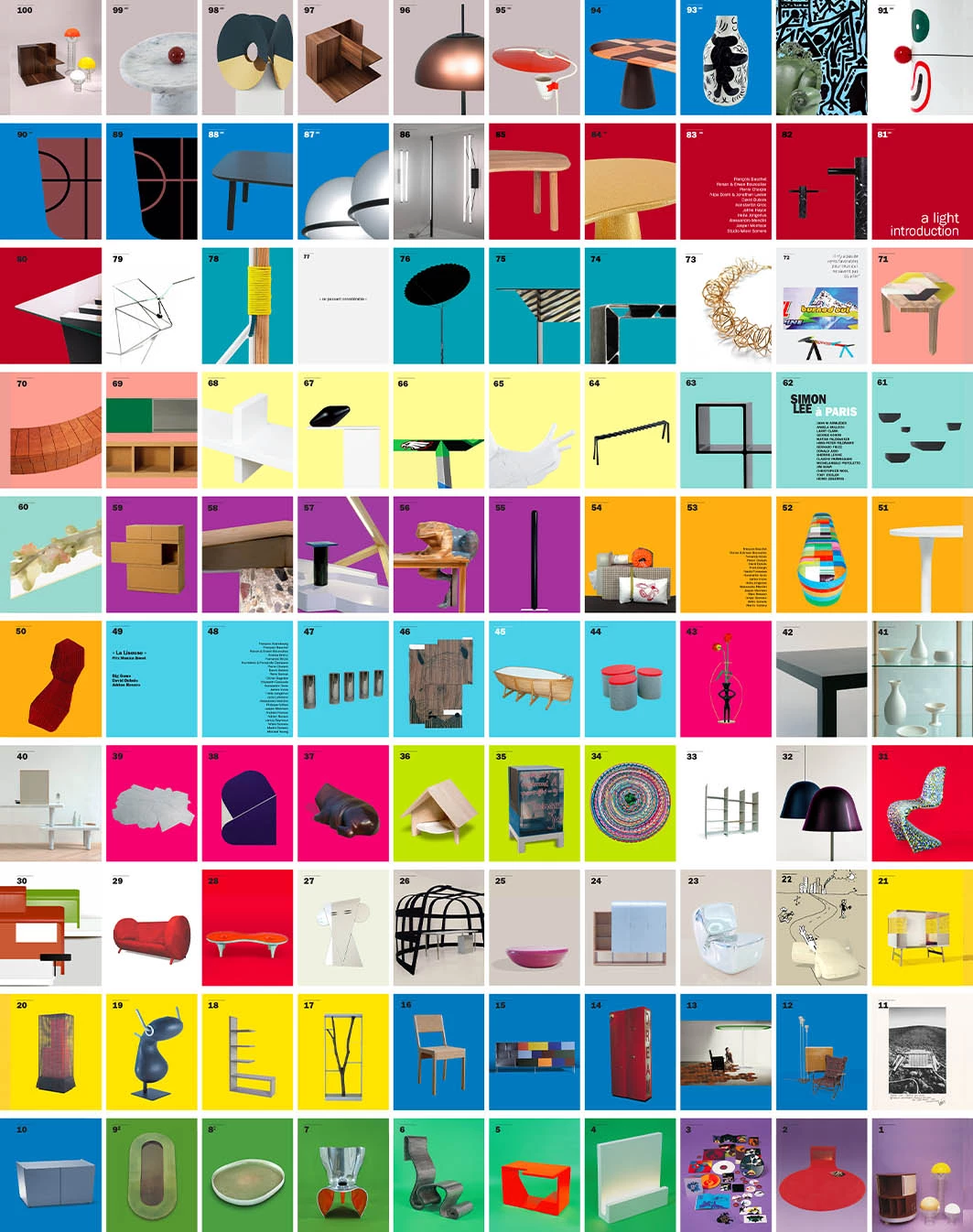
Robin Day
England — b. 1915 — d. 2010
Biography
Robin Day (1915-2010) is considered to be one of the most important British industrial designers of the 20th century. Born in High Wycombe, famous for its chair manufacturing, he graduated from the Royal College of Art in London in 1938. Two years later he met his wife and collaborator Lucienne Day, also from the RCA, specialising in textiles. His career as a furniture designer effectively begun after the war, and was soon acknowledged thanks to his winning First Prize with Clive Latimer in 1948 at the International Competition for Low-Cost Furniture Design organized by the MoMA in New York...
Robin Day (1915-2010) is considered to be one of the most important British industrial designers of the 20th century. Born in High Wycombe, famous for its chair manufacturing, he graduated from the Royal College of Art in London in 1938. Two years later he met his wife and collaborator Lucienne Day, also from the RCA, specialising in textiles. His career as a furniture designer effectively begun after the war, and was soon acknowledged thanks to his winning First Prize with Clive Latimer in 1948 at the International Competition for Low-Cost Furniture Design organized by the MoMA in New York.
This first public recognition led to his attaining a prestigious commission: designing Royal Festival Hall seats in London (1951). This permitted him to exhibit at the 9th Triennale of Milano. From 1954, Day developed an innovative manufacturing process of injection-moulding which resulted in the Polypropylene Chair (1963), one of his most famous creations produced by the company with whom he collaborated since the 1950s: S. Hille & Co. This creation revealed the designer’s vision and its impact on a design that is democratic and social. Throughout his creations, Robin Day continually aimed to resolve practical, everyday problems in a way that was efficient and cheap.
Renowned for designing series of easily reproducible seats, Day received many public commissions, such as the Olympic stadium of Mexico (1968), the Barbican Arts Centre in London (1981), and the London underground (1990-1991).
Robin Day received numerous awards for his prolific career, perhaps most importantly the prestigious title of Royal Designer for Industry in 1959, and was made OBE (Officer of the Order of the British Empire) in 1983. Some of his creations have become iconic and are currently part of famous museum collections, such as Paris’ Centre Pompidou and the Victoria & Albert Museum in London.




